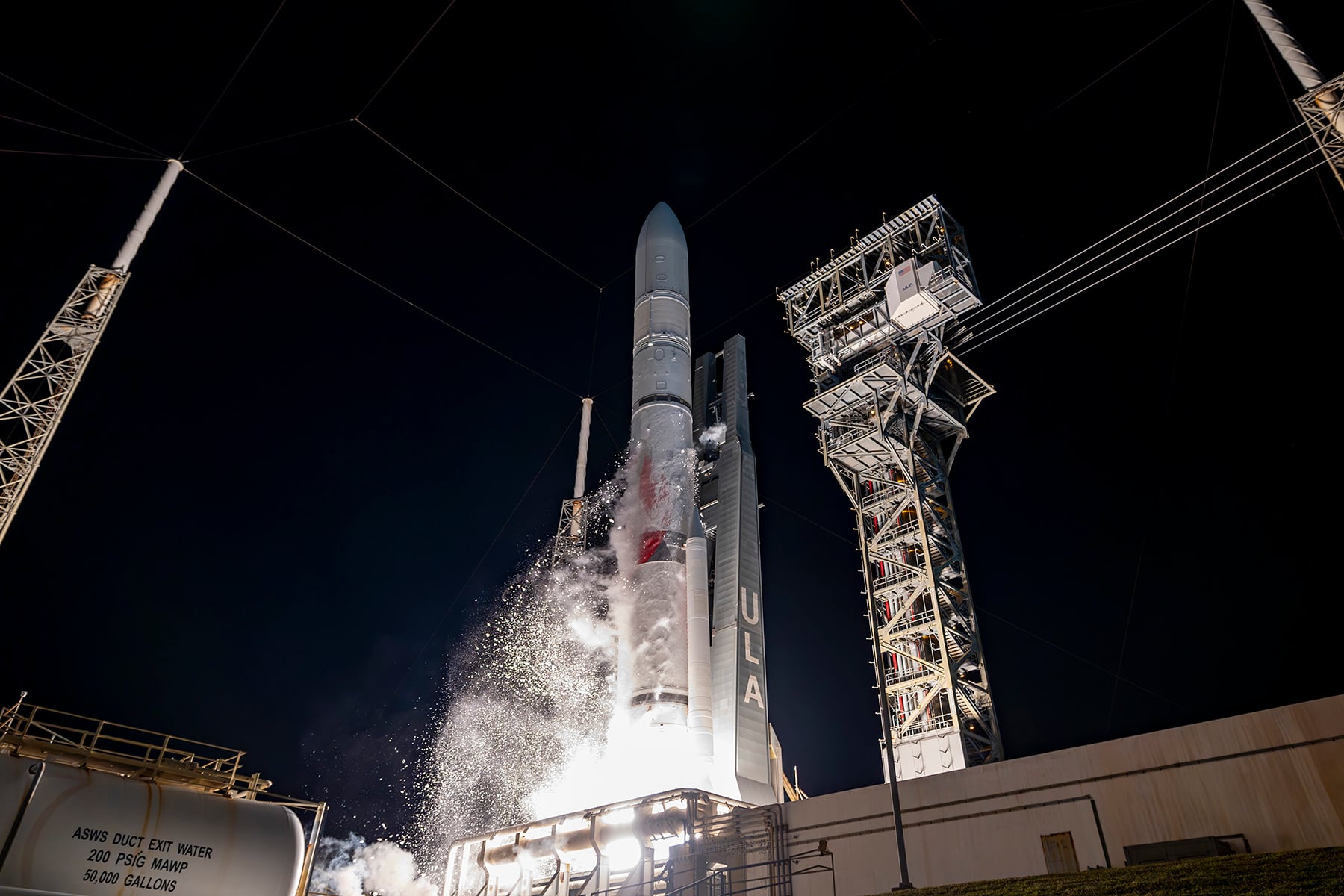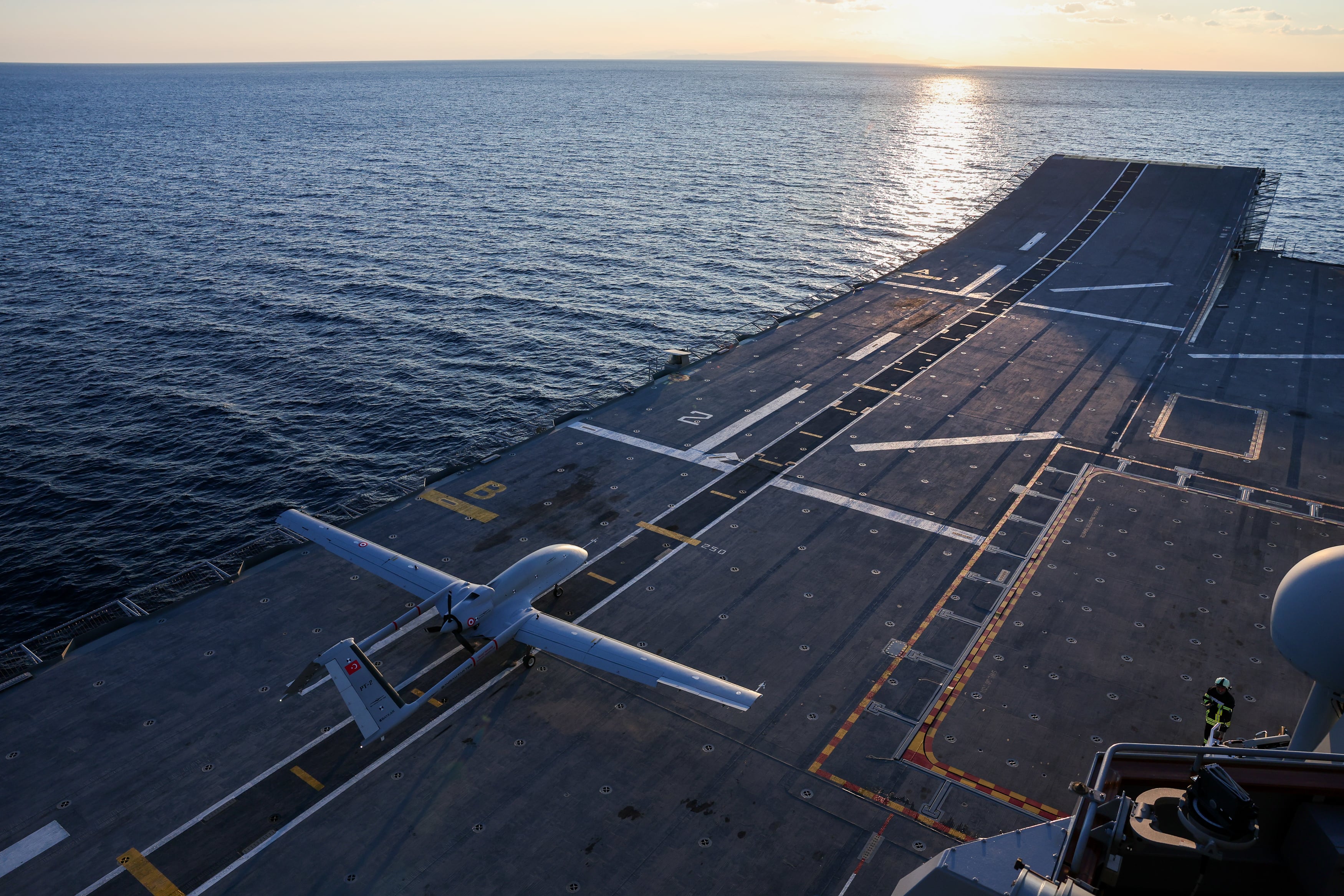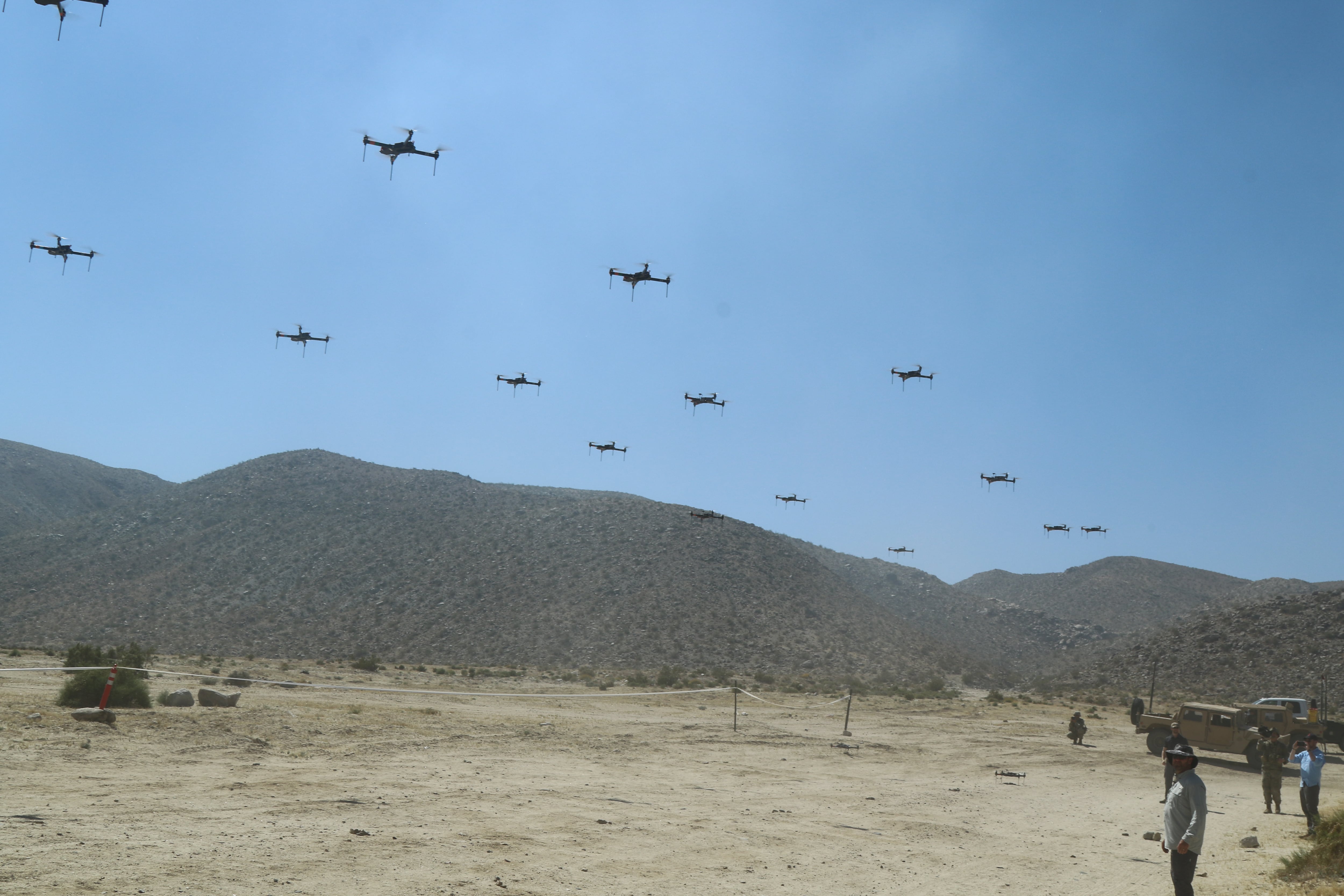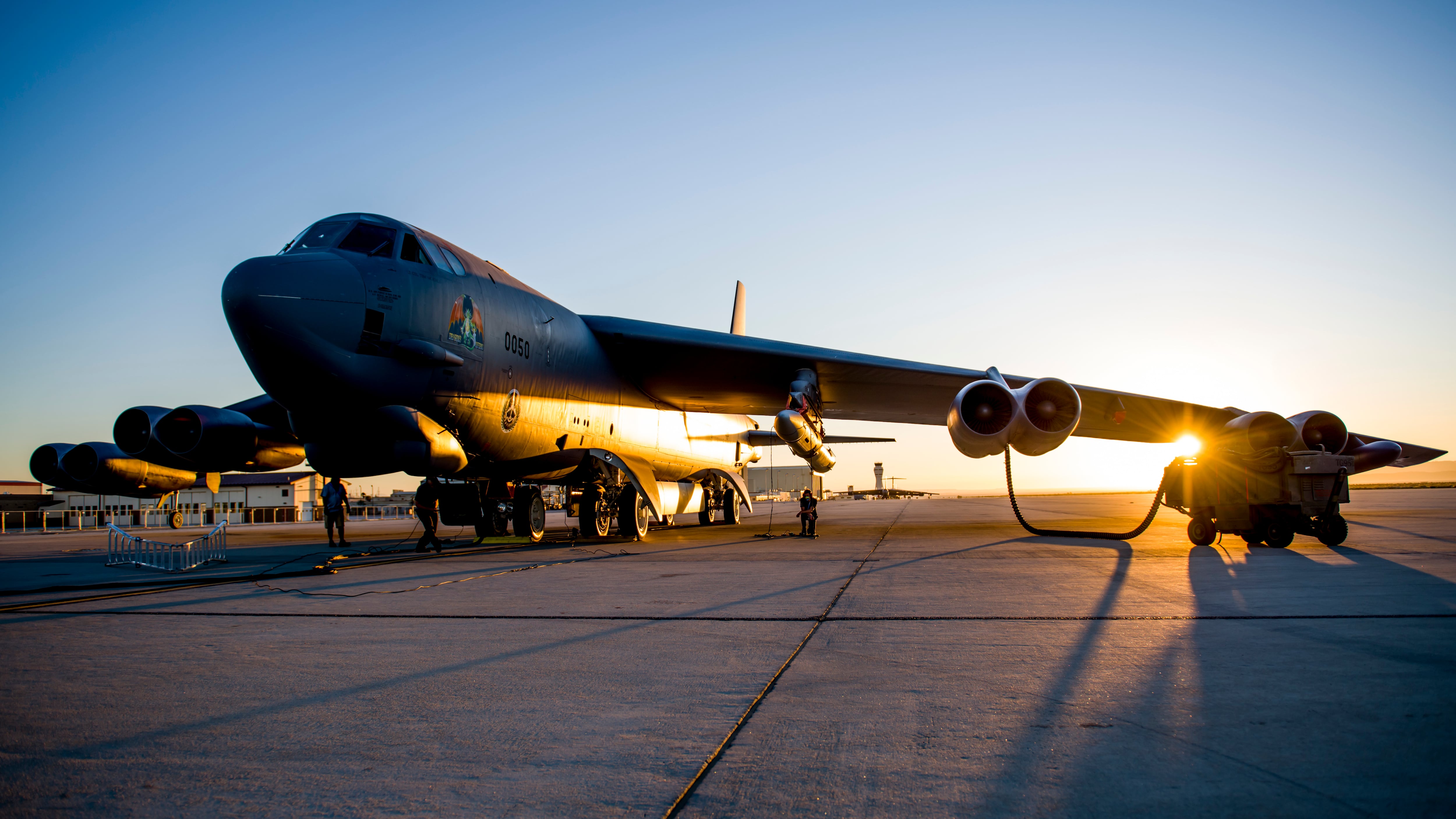Just as adversaries have observed U.S. behavior in conflict over the last decade-plus, learning tactics and techniques, the U.S. is doing the same. Specifically, the country is looking at Ukraine against Russia and Russian-supported forces.
"As we study them — it becomes a laboratory both for the Russian forces and the Russian supported forces … it's a laboratory both ways," Lt. Gen. Robert Walsh, commander of the Marine Corps Combat Development Command and the Marine Corps Forces Strategic Command, said during a Senate Armed Services Subcommittee hearing June 6. "They're testing their capabilities… and we're having to see what they're doing just like we did in the Cold War, but this is an actual battlefield."
Russia has demonstrated advanced capabilities in the electromagnetic spectrum, which would be of strategic significance in a force-on-force conflict in the operating environment of the future.
"If we don't win the cyber/EW fight, then the maneuver fight may not matter because we may not get to it," Maj. Gen. Wilson Shoffner, director of operations, Army Rapid Capabilities Office, said during a presentation at the beginning of June, noting that the decisive fight may well be the electromagnetic spectrum as opposed to maneuver.
Part of the problem stems from a divestment of capability while the other relates to understanding how friendly forces are emitting in this space.
"Since we've been so focused on Iraq and Afghanistan ... a lot of things have gone on around the world and we're being challenged in areas where we have taken for granted in the past," Walsh told senators. "When we talk about maneuvering in the electromagnetic spectrum, we see today capabilities that while Russia kept a lot of their Cold War capabilities when it came to electronic warfare, they've kept those, they've improved on those and they've kept a lot of their fielded formations that we've let those capabilities recess that we did not need."
The joint force divesteda lot of its capability in this space using it primarily for counter-IED. In many cases, this resulted in an imprecise jamming capabilityas opposed to something more targeted, which, while effective against IEDs, jammed friendly communications.
Deputy Defense Secretary Bob Work discussed how this new paradigm will affect future conflict, explaininglast October that the "old adage was … if you can be seen you can be hit, and if you can be hit, you can be killed. The new adage is if you emit, you die."
"We can get all camouflaged up, we can hide in holes, we can put camouflage nets on, wear ghillie suits, camo up our faces, color our teeth green and you can’t see us at all until I push the button on my radio to talk, to tell my boss, ‘Hey I’m here,’" Col. Jeffery Church, who formerly served in the Army’s cyber directorate within the G-3/5/7, told reporters last November. "Bam. All that physical camouflage from the eyeball just went away because now you’re broadcasting in the spectrum. So we can show that to commanders and they can start getting an appreciation of how the spectrum is a capability for them and a vulnerability."
This was taken for granted in Iraq and Afghanistan, Walsh told senators, while in the Cold War, "we knew what our signatures were, what the requirements for signature management [were]."
Walsh said the force is taking a hard look at how it is emitting in the electromagnetic spectrum both in purchasing solutions and training personnel.
The Marines are working with the Defense Advanced Projects Agency and Lockheed Martin for a spectrum management tool called RadioMap. Using the planning tool, a commander could see where there is limited spectrum and available spectrum to place resources; they could track friendly forces or say they don’t know what or where a particular signal is coming from — it could be adversarial.
Walsh also explained that they are repurposing some existing solutions such as the CREW jammers that were used for counter-IED in the past. Now, this system is being employed to sense the electronic magnetic spectrum and jam enemy capabilities.
Walsh painted a grim picture of the intense competition the U.S. is in to develop solutions faster than adversaries in this space. If the enemy has better capabilities and they’re able to bring that into their command and control construct better, they can out-pace and out-tempo the enemy, he said.
If the U.S. turns on its gear to try to detect where an enemy force is with a higher capability, by the time they can pull it all together and target them, the enemy already has incoming rounds before the U.S. can target them, he said.
He added that what’s needed against a force like the Russians based on observations of their activity in Ukraine is detecting enemy signals, where they’re located, how strong they are and quickly being able to get precision locations against those units to jam those units and/or target them with precision fires.
Mark Pomerleau is a reporter for C4ISRNET, covering information warfare and cyberspace.








